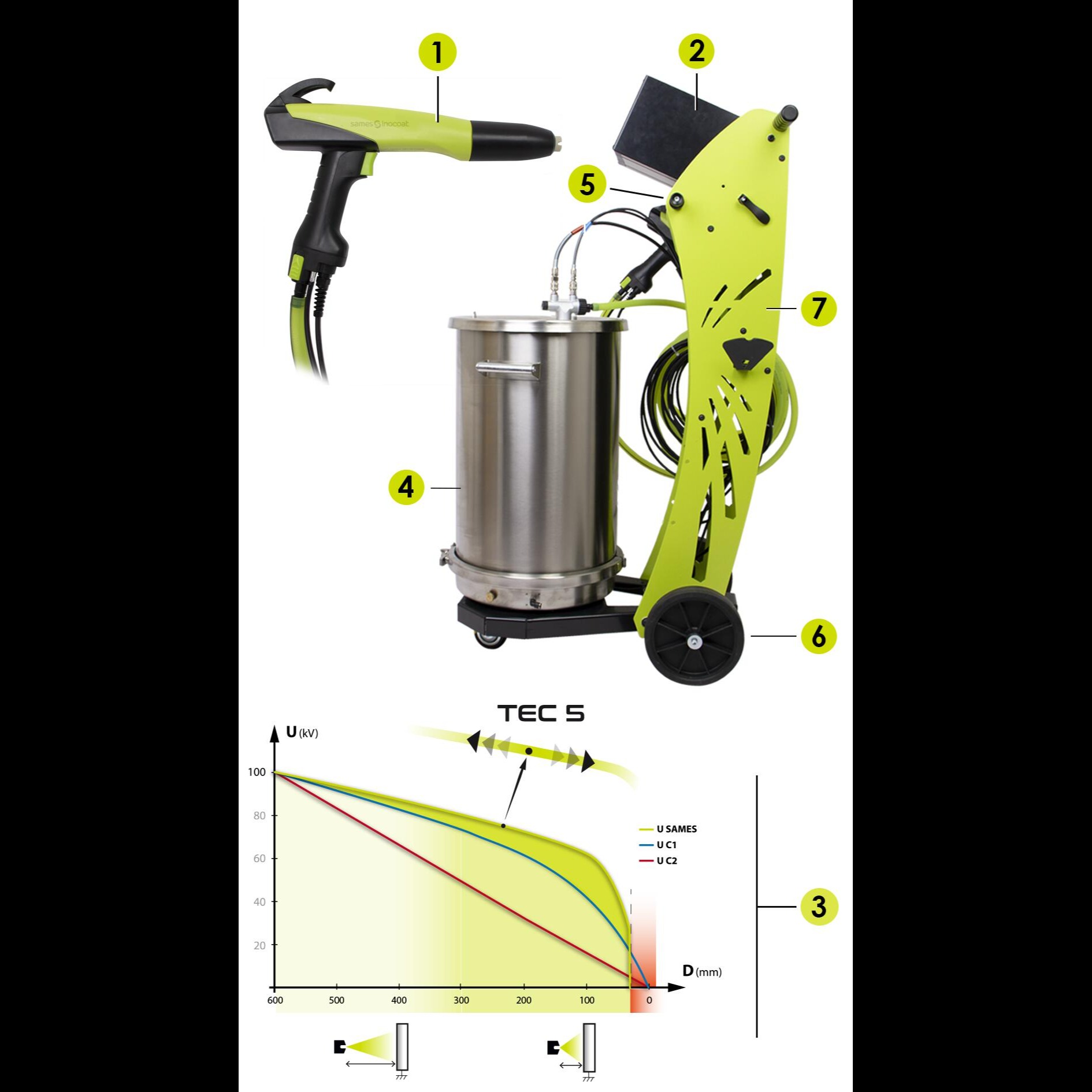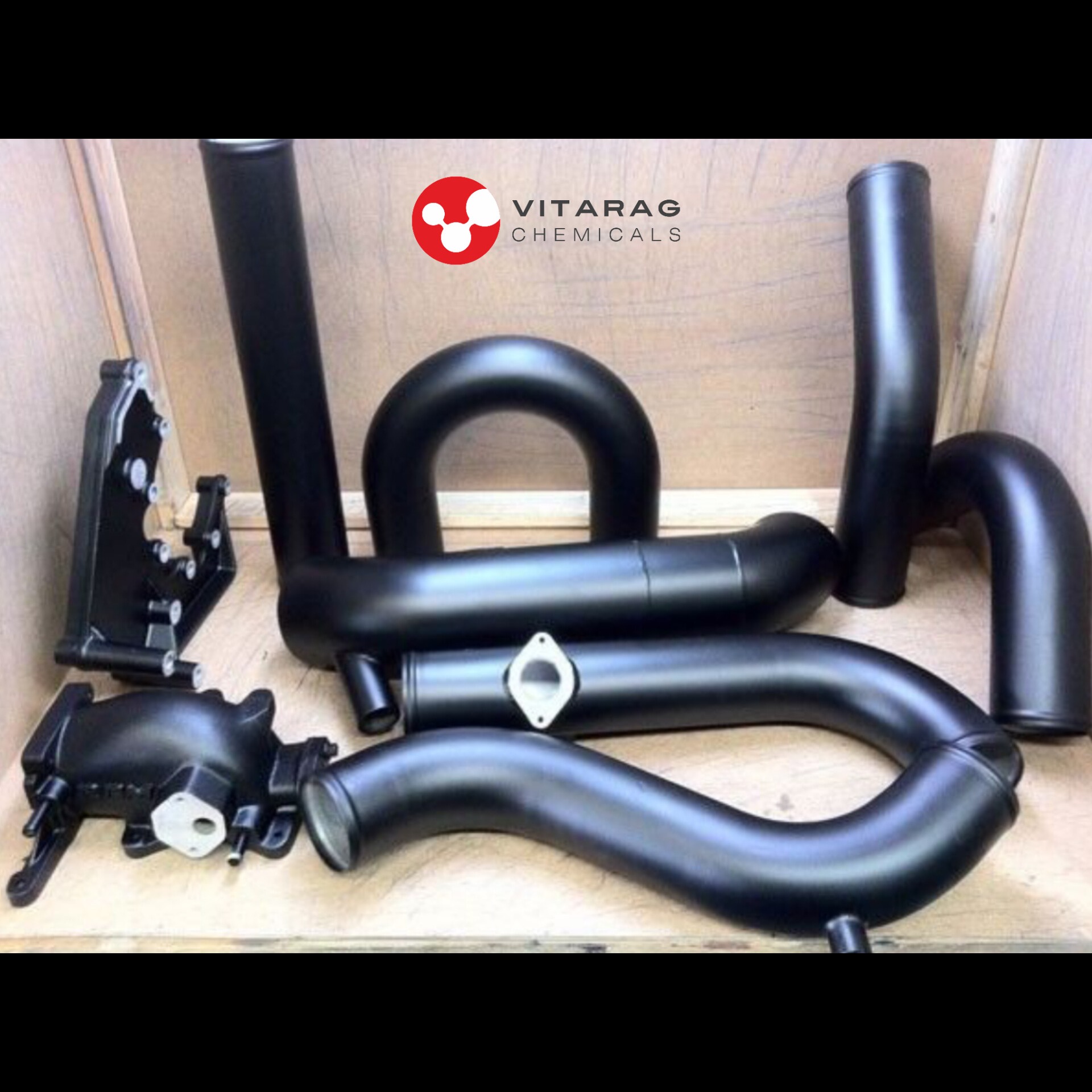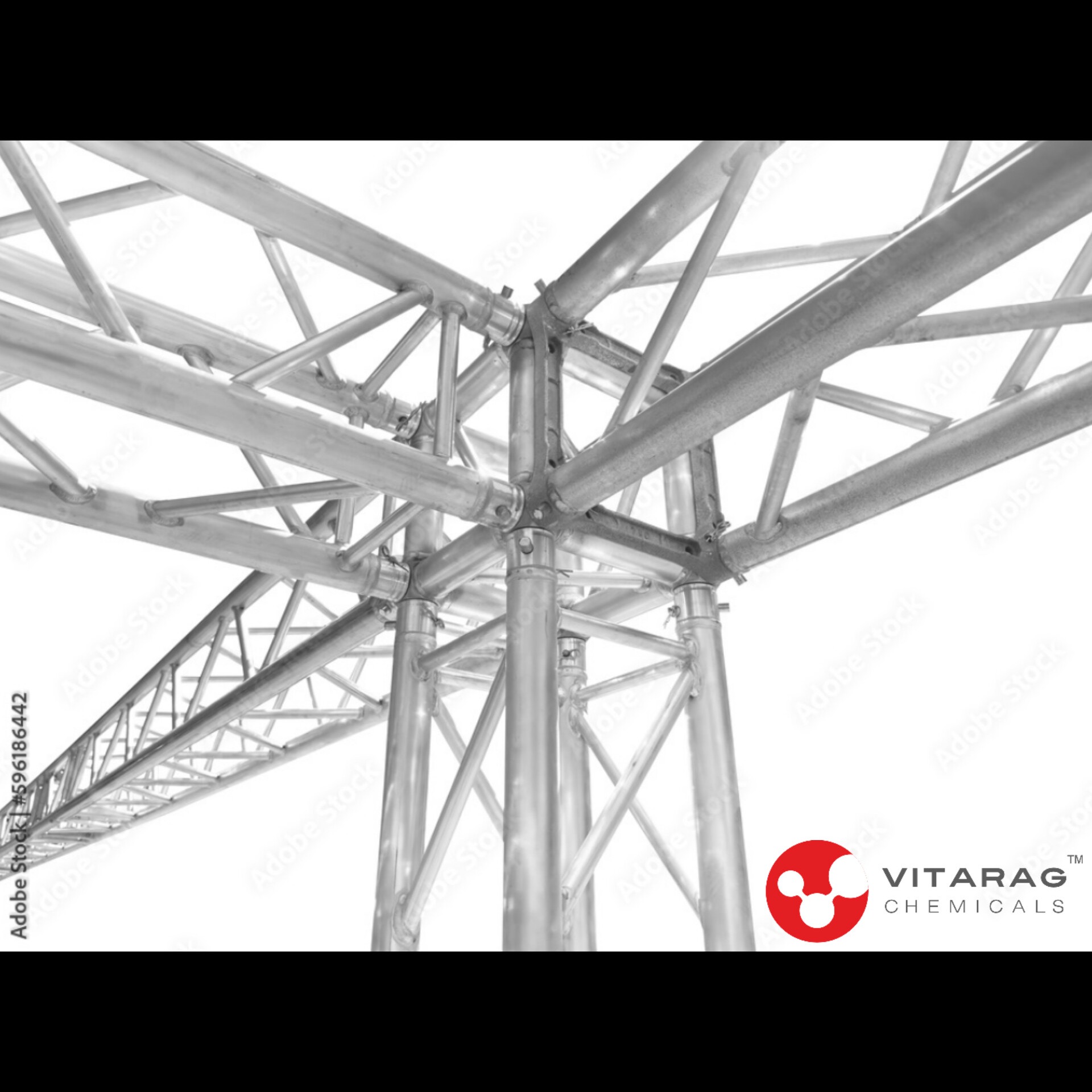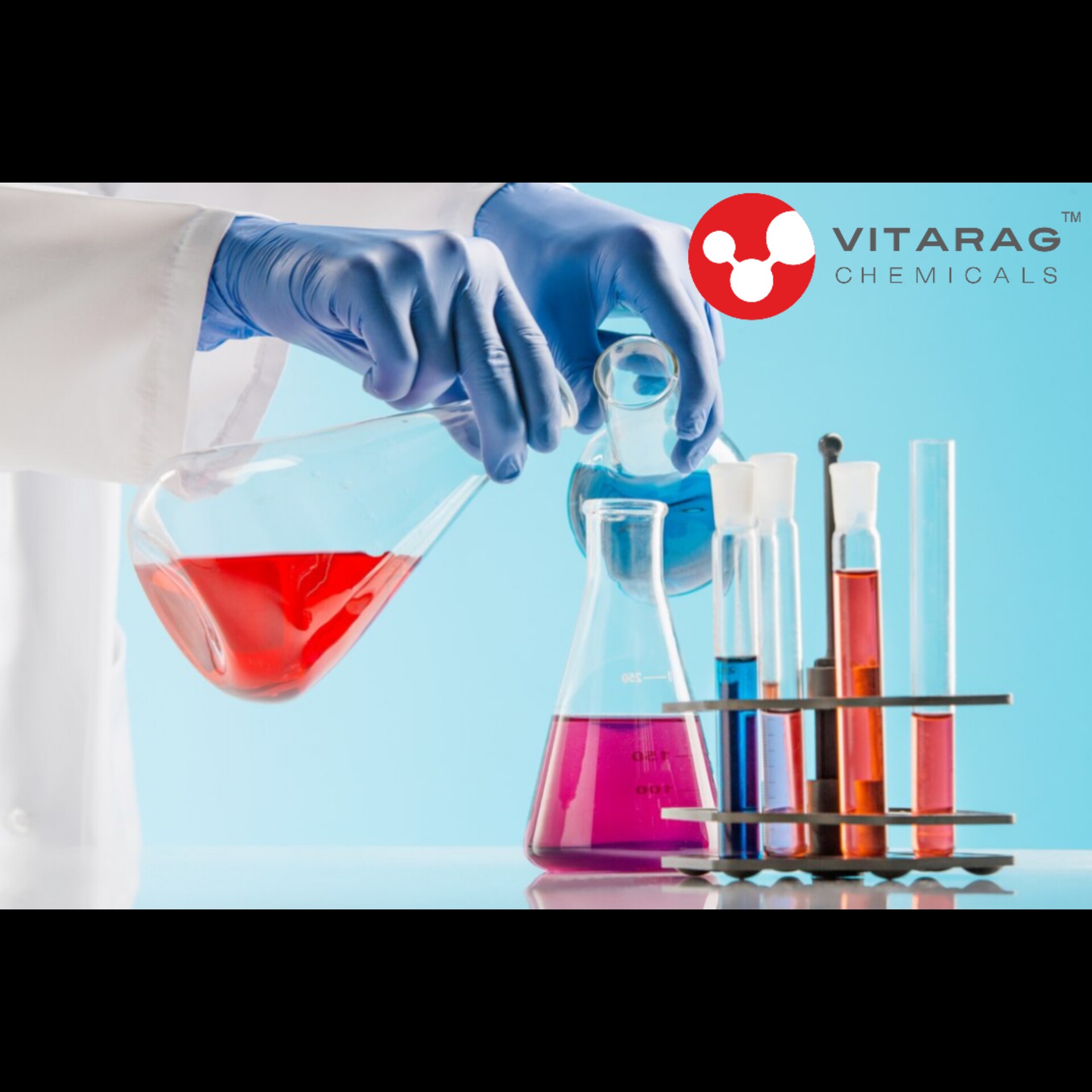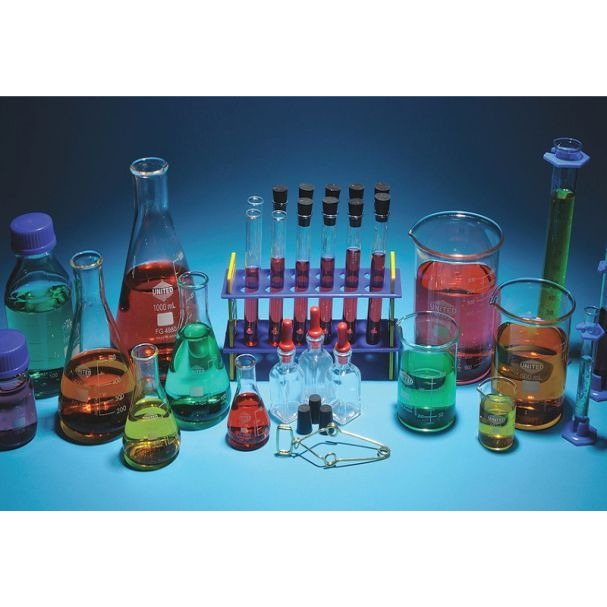
RUST CONVERTER
* A rust converter is a chemical solution or primer used to convert rust on metal surfaces into a stable, non-corrosive compound. It typically contains tannic acid or phosphoric acid, which reacts with iron oxide (rust) to form a more stable substance, such as iron tannate or iron phosphate. This process not only halts the rusting but also creates a protective layer that can be painted over, preventing further corrosion.
Here’s how rust converters generally work and how to use them:
- How Rust Converters Work
1. Chemical Reaction: The active ingredients in the rust converter chemically react with the iron oxide (rust) to form a stable compound that adheres to the metal surface.
2. Protective Layer: The resulting compound forms a protective layer that can serve as a primer for painting, providing additional protection against moisture and future rust formation.
How to Use a Rust Converter
-Preparation:
1. Clean the Surface: Remove any loose rust, dirt, and grease from the metal surface using a wire brush, sandpaper, or a similar tool. The surface does not need to be completely rust-free, but loose particles should be removed.
2. Dry the Surface: Ensure the surface is dry before applying the rust converter.
Keywords
2.
1.
dirt
grease
primer
rusting
process
moisture
painting
sandpaper
corrosion
loose rust
wire brush
iron oxide
tannic acid
Preparation
similar tool
iron tannate
iron phosphate
RUST CONVERTER
metal surfaces
phosphoric acid
stable compound
loose particles
stable substance
protective layer
Chemical Reaction
chemical solution
active ingredients
resulting compound
additional protection
future rust formation
stable, non-corrosive compound

